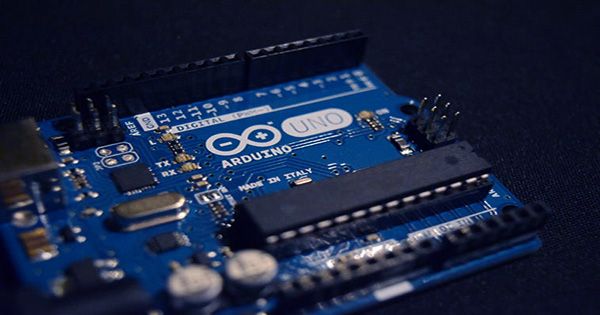The thermal characteristics of ferroelectric materials may be changed by applying electric fields, which enables engineers to control the movement of heat through the materials, according to new study from North Carolina State University. Applications for ferroelectric materials range widely, from memory storage systems to ultrasound devices.
“Our work here is a significant advance because we worked with large sample sizes and provide detailed information on the relationship between the type of electric field being applied to the ferroelectric material and the thermal response in the material,” says Jun Liu, an associate professor of mechanical and aerospace engineering at NC State and corresponding author of the study.
“In practical terms, this allows users to tune the thermal behavior of the material by applying different electric fields using alternating current (AC) or direct current (DC) which paves the way for developing new techniques for managing the flow of heat through various devices.”
The researchers for this project used the ferroelectric material PMN-PT, which is utilized in technologies including sensors, actuators, and ultrasonic devices. The researchers used room temperature, 2.5 mm-thick materials to simulate real-world settings.
Our work here is a significant advance because we worked with large sample sizes and provide detailed information on the relationship between the type of electric field being applied to the ferroelectric material and the thermal response in the material.
Professor Jun Liu
Researchers used both AC and DC sources to apply electric fields to the material in the investigation, altering their intensity. The amount of time the material was exposed to the electric field and the frequency of the current were additional testing variables.
The thermal parameters of each sample were then measured using a variety of techniques in response to various electric field circumstances.
The strength of the field, the kind of field (AC or DC), time, and frequency, the researchers discovered, all had a part in how the electrical field changed the material’s thermal properties.
“Having a detailed understanding of how each of the four variables influences the material’s thermal properties gives us a significant amount of control in engineering the material’s thermal behavior,” says Ankit Negi, a Ph.D. student at NC State and first author of a journal article on the study.
“We’re hoping to establish a similarly detailed understanding of the relationship between electric fields and thermal characteristics for other ferroelectric materials,” Liu says. “And we are open to collaborations on how this work could inform the development of new applications.”
The paper, “Ferroelectric Domain Wall Engineering Enabled Thermal Modulation in PMN-PT Single Crystals,” is published open access in the journal Advanced Materials.
















